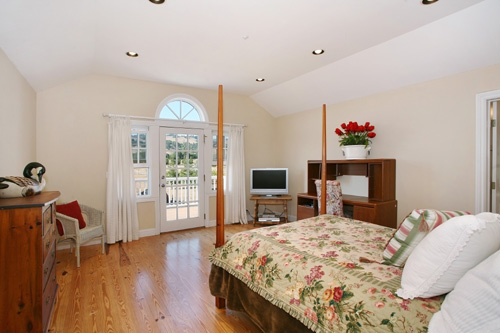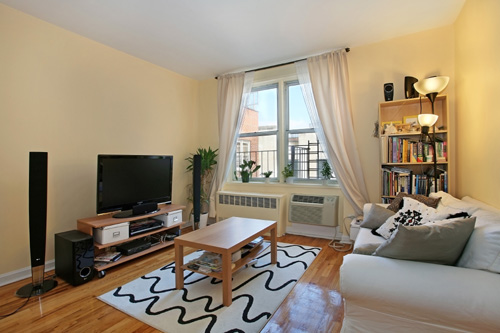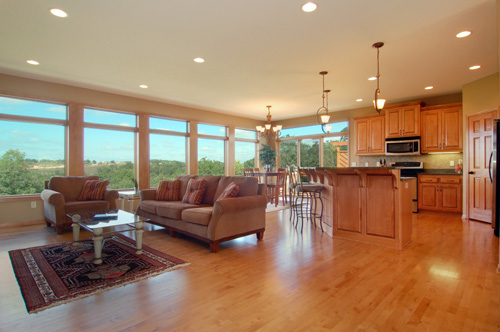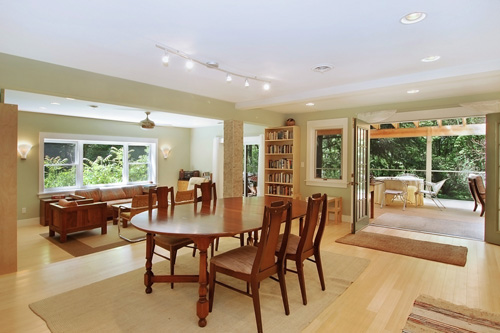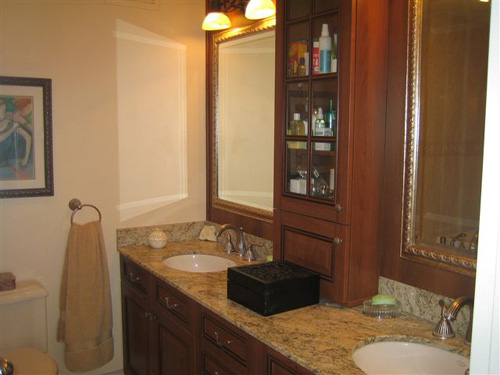
- This is an actual agent photo as seen on an MLS. Certainly not the worst photo we've seen, but it could use a little help. Though this appears as though it would be a little larger than the 'typical' bathroom, the way this is shot gives the feeling that the space might be a little tighter than it truly is.
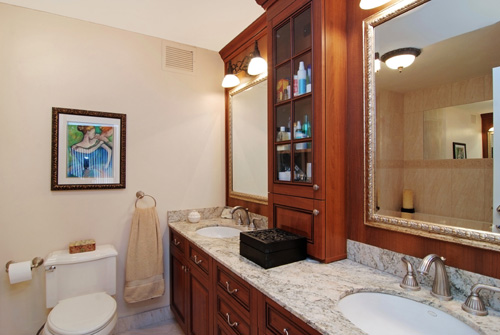
VHT's professional photographers contacted the listing agent for the above property and re-photographed the same listing. As you can see, the wide angle lens helps a great deal in opening up the space, as does shooting at slightly more of an angle. If you look in the mirror you'll see that they've also captured part of the shower in the shot, opening things up even further. They've also made a point to capture part of the ceiling and a glimpse of the floor.
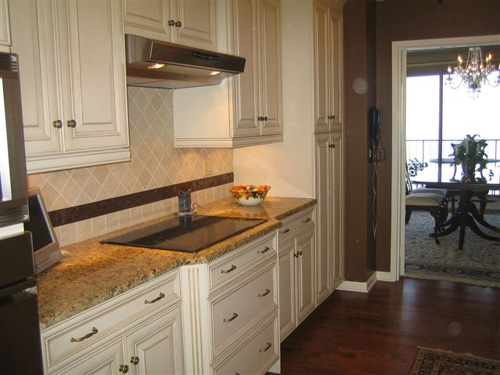
Here is another actual photo taken by an agent. Again, a very nice kitchen, far from being the smallest space we've seen. However, with the way this is shot, you get no feel for the size of the actual room...you're only seeing the cabinets and backsplash. Though those are nice, it would be even better to show them off while also showcasing the actual room itself.

Here again, VHT photographers contacted the listing agent and re-photographed the property. By capturing more walls and using a wide angle lens, they're able to showcase the entire room-- beautiful cabinets, backsplash, and now even appliances and floors included! They again also captured the ceiling, giving the room some height and really opening things up a bit.
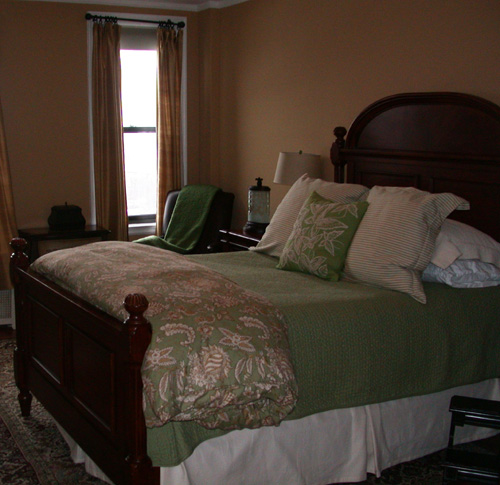
This agent-shot bedroom appears small due to the focus on the large bed

By applying the three tips above, when VHT re-photographed the listing, the bedroom appears much larger
Thank you to all of you who have been commenting on the photos-- we love to hear your votes and comments on the worst of the worst and the best of the best! Have a great weekend!
WALL OF SHAME
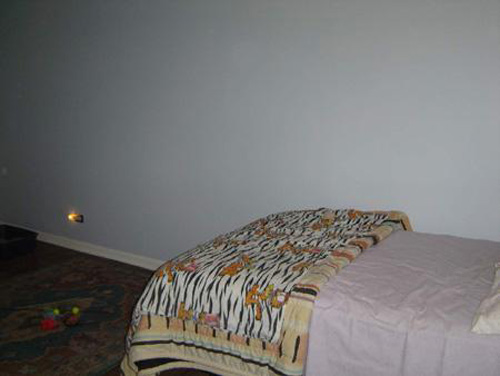
- A Garfield comforter?! SOLD!! Apparently Garfield has selling strengths so powerful there's no need to actually show the room 🙂 This Illinois home is listed for $359,000.
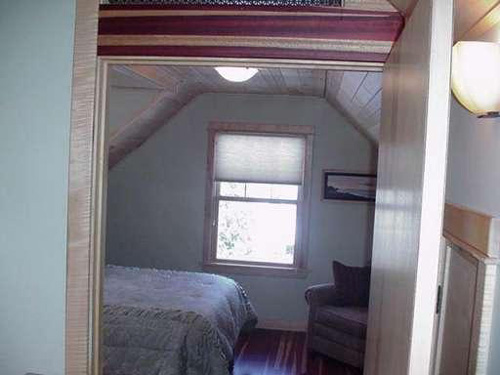
- Well that's an interesting strategy... maybe if the picture is crooked enough, the room will magically appear larger...or maybe people will be so focused on the fact that it's crooked, we won't notice that we can't see much of the actual room! This Michigan home is listed for $390,000.
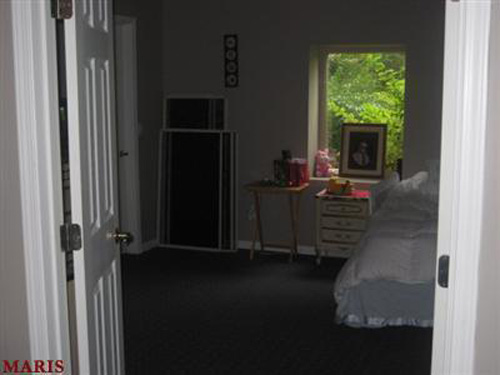
Ok...standing OUTSIDE the room generally doesn't give you a great picture OF the room. And on top of that, to take it with the lights off (with very limited natural light)? Really? This $849,900 listing is located in Missouri.
WALL OF FAME

Vibrant colors and a lovely view make this Florida property eye-catching. This property is listed for $569,000 by Sailfish Point Sotheby's International Realty. Click the photograph for more on this listing.
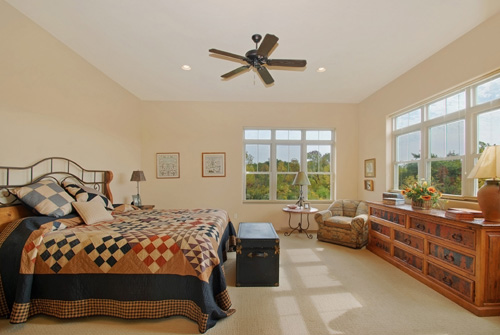
This Wisonsin listing gives a 'comforts of home' feeling in a beautiful tree-lined setting. It is listed for $875,000 by JoAnn Vetter of Coldwell Banker. Click on the photograph for more on this listing.
Welcome to Week 7 of The Good, the Bad, and the Ugly...Hope everyone had a fun Halloween weekend!
For any newcomers-- Every week we feature the good, the bad, and the ugly of real estate photography. Our 'Wall of Shame' features the bad (...and oh yes, the very ugly...) photos that some agents are using for their listings. On the opposite end of the spectrum, our 'Wall of Fame' features some of the most stunning photography agents are using to market their listings.WALL OF SHAME

Um...I don't think the house will bite...why not get just a tad bit closer-- would be nice to see more house than pavement! This home is listed for $350,000 in Indiana
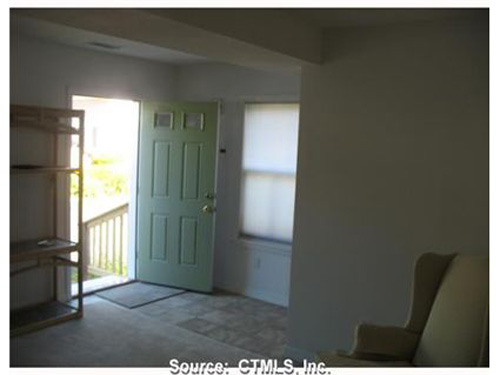
What a nice door to showcase (seeing the actual room afterall is probably a little overrated, right? ;))... though we're not sure why it's been left open...perhaps people are in a hurry to leave when they view the house so we're making the exit easier?? This is a $490,000 listing in Connecticut

Unless this beautiful yellow lab comes with the house, probably best to focus on what people will actually get with their purchase! This was posted as a $228,000 home in Illinois.
Now it's your turn to sound off! Leave a comment telling us which of these photos (top, center, or bottom) you think is the worst and why. We'll tally up the votes and we'll post the results of the worst ten photos of the month at the end of each month!
WALL OF FAME

This lovely home in Minnesota is listed for $599,900 by Deb Grimme with Edina Realty. Click on the photograph for more on this listing.

This gorgeous Wisconsin home is listed by JoAnn Vetter of Coldwell Banker for $719,000. Click on the photograph for more on this listing.
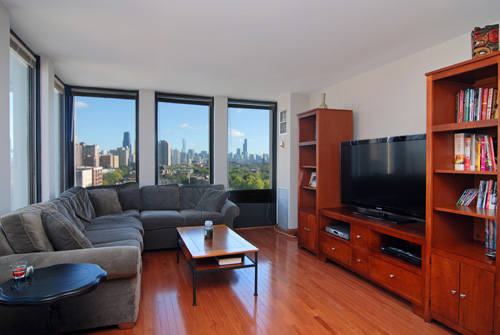
Complete with fantastic city views, this Chicago condo is listed for $299,900 by John Ketner of @Properties. Click on the photograph for more on this listing.
Sound off! Tell us which of these (top, center, or bottom) you think is the best photograph. We'll tally up the votes and we'll post the results for the top ten best photographs of the month at the end of each month!

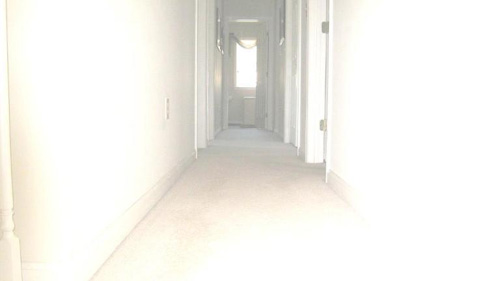
#20
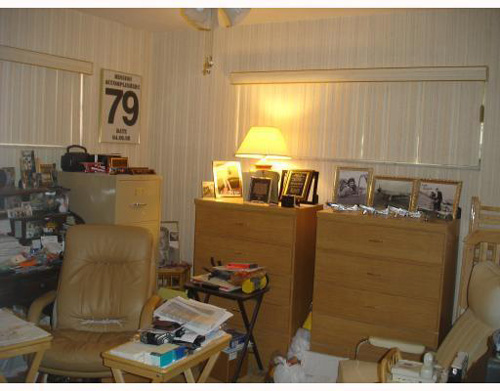
#19
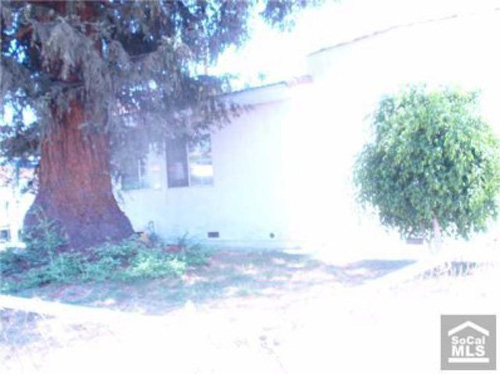
#18
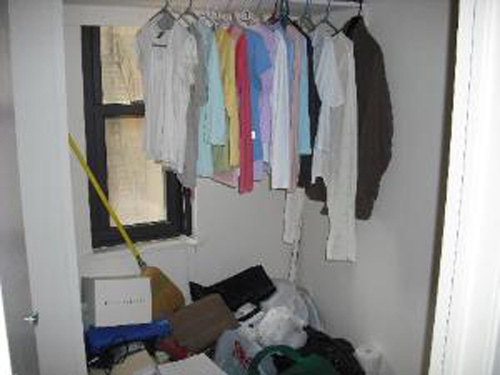
#17
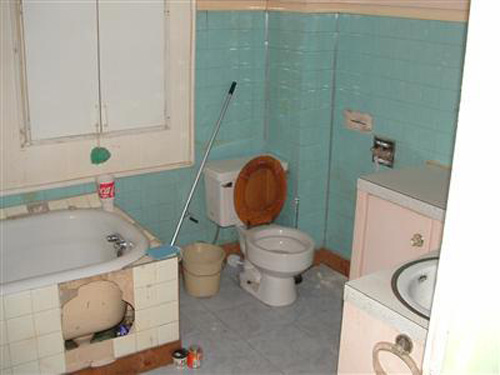
#16
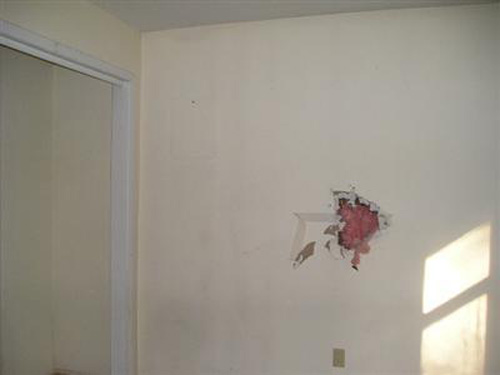
#15
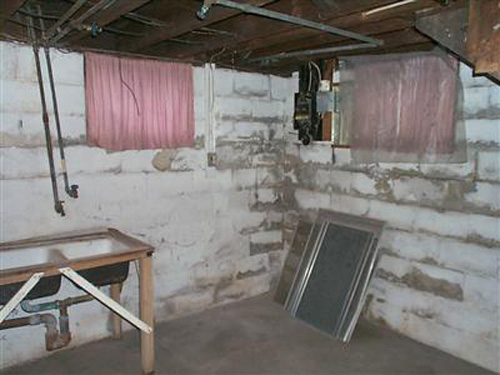
#14
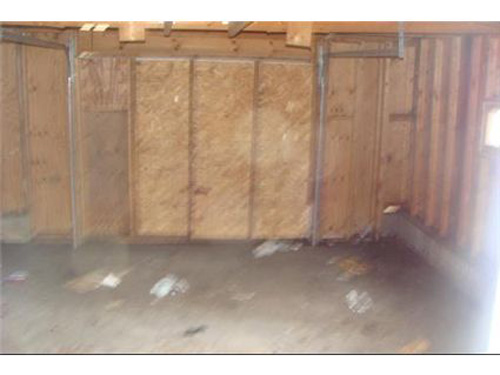
#13
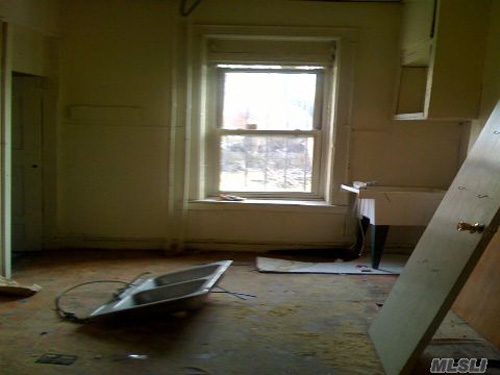
#12
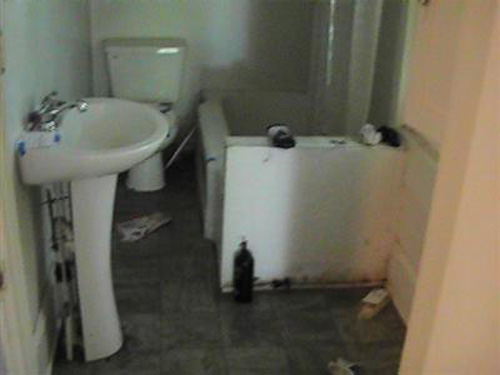
#11
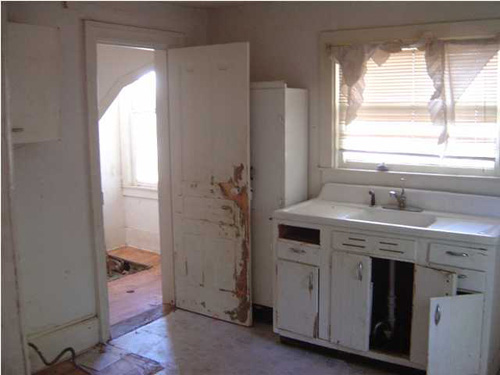
#10
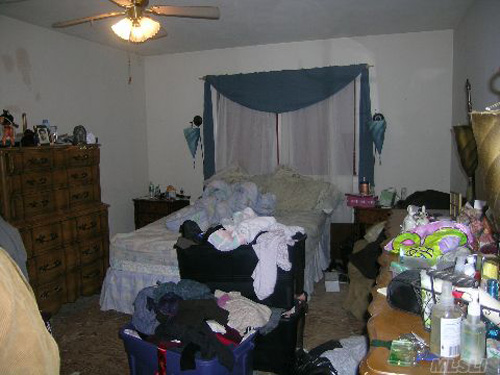
#9
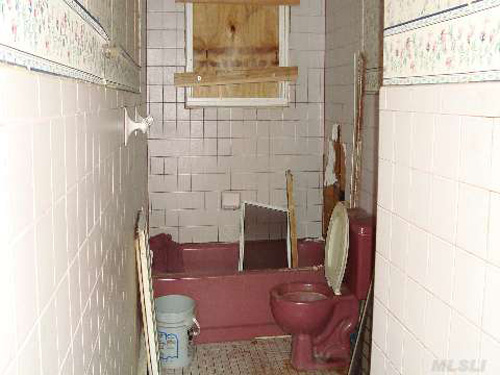
#8
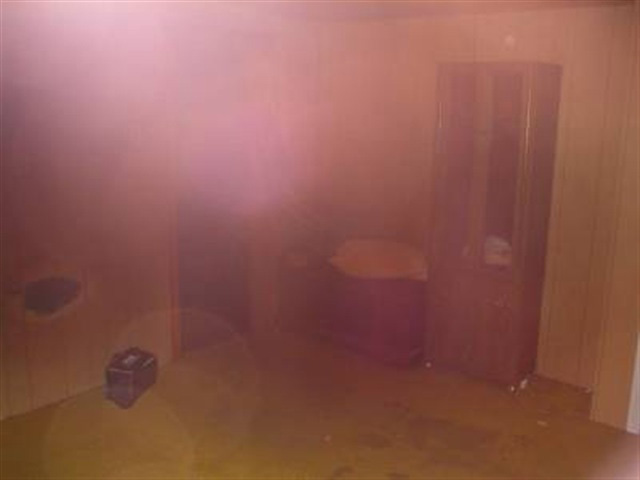
#7
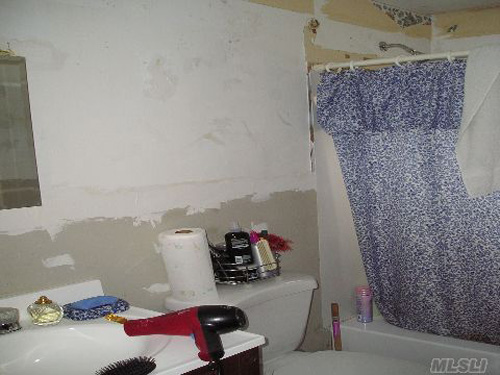
#6
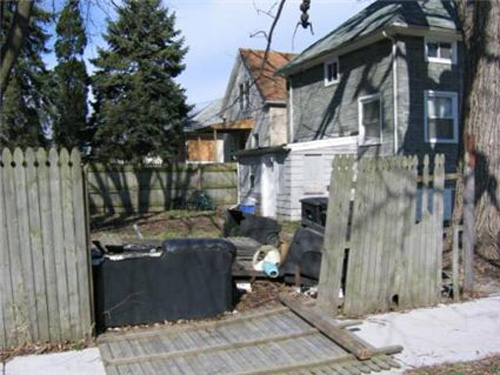
#5
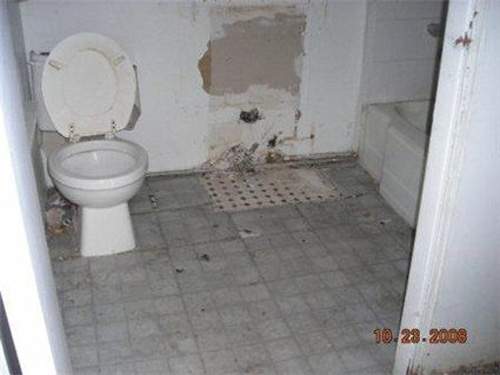
#4
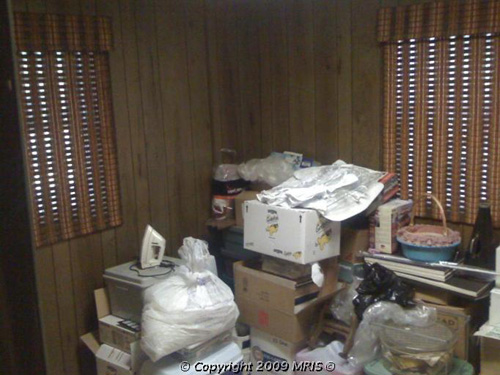
#3
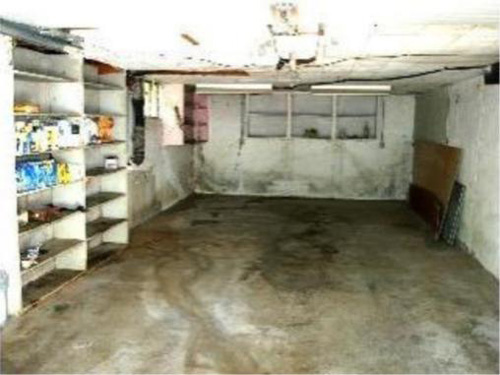
#2
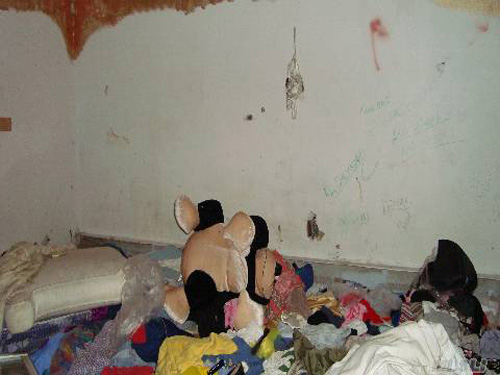
#1
WALL OF SHAME
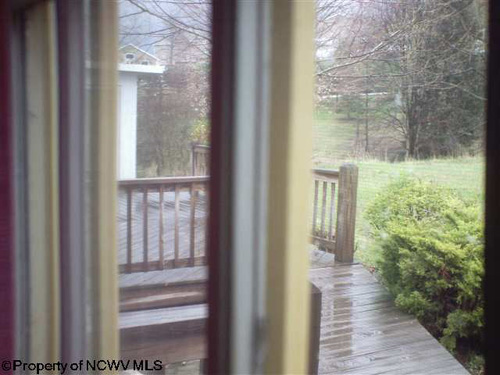
Um...nice trim, I guess??? Oh and look... there's a deck back there!! Probably not the best way to showcase the backyard of this $495,000 listing in West Virginia.
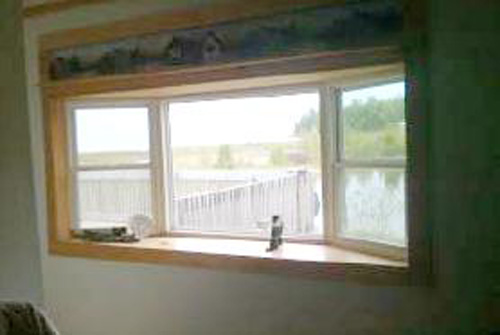
This was actually labeled "View from Living Room"... well, I guess you can make out part of the railing, a couple of trees, and some grass! This home is listed for $139,000 in Michigan.
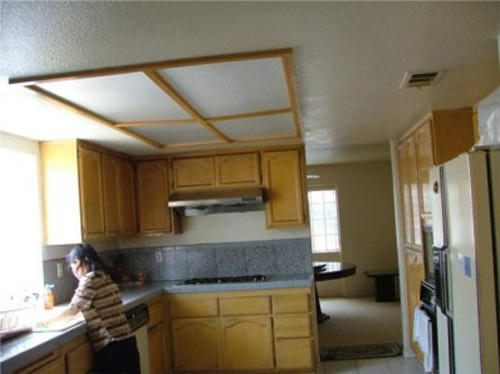
Doing the dishes is important... getting a straight shot of one of the most important rooms of the house, without capturing the seller, is probably a little more important! This California home is listed for $628,000.
WALL OF FAME

This condo, complete with great view, is listed for $379,900 by Vikas Wadhwa of Urban Living Properties in Chicago, IL. Click on the photograph for more on this listing.
WALL OF SHAME

Doesn't this just scream $1.1million? No? Not so much? Oh but it is! This listing is located in California
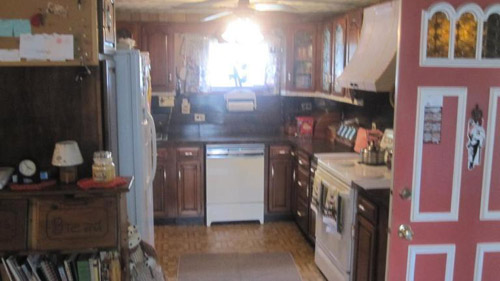
I have seen the light and wow is it bright!! About as bright as that nifty pink door that's blocking part of the shot! This home is listed for $499,900 in Maryland
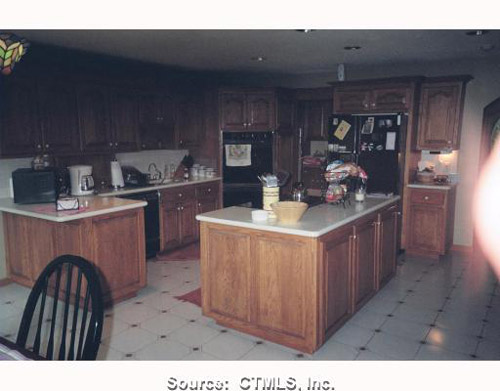
Looove the glowing thumb in the corner! Well...at least something was well lit in the photo...too bad it wasn't the kitchen! This home is listed for $650,640 in Connecticut
WALL OF FAME

This lovely home is listed by Fahada Saad of Coldwell Banker in Florida for $5,300,000. Click on the photograph for more on this listing.
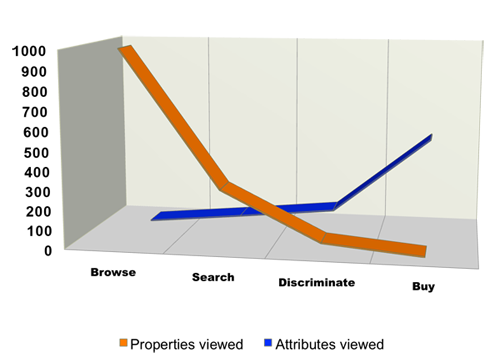 Yes, I know…. This graph looks very confusing. Let me try and explain: The horizontal axis is time; the farther out you get on the horizontal axis, the longer a buyer has been looking for a property. The vertical axis is just a numerical number that represents two things.
With the Blue line, the vertical axis represents property attributes – specific physical characteristics unique to a property. So, the earlier in the process a buyer is, the less detail they seem to look at for each property.
With the Gold line, the vertical axis represents the number of properties they browse through. As you can see, buyers seem to scroll through less and less properties as they start to hone in on the right property as they get closer to doing showings and making purchase decisions.
I’ve broken down this behavior into what I think is four logical phases that a buyer seems to go through before finalizing a property purchase:
Browse –I like to call this the discovery phase of the process. A buyer will typically look at hundreds of properties to get a basic understanding of the market, and what is available. I’ve also referred to this part of the cycle as the ‘gathering’ phase. In this phase, as you can see, a buyer limits the number of property attributes they look at; they typically only care about 3 things:
Yes, I know…. This graph looks very confusing. Let me try and explain: The horizontal axis is time; the farther out you get on the horizontal axis, the longer a buyer has been looking for a property. The vertical axis is just a numerical number that represents two things.
With the Blue line, the vertical axis represents property attributes – specific physical characteristics unique to a property. So, the earlier in the process a buyer is, the less detail they seem to look at for each property.
With the Gold line, the vertical axis represents the number of properties they browse through. As you can see, buyers seem to scroll through less and less properties as they start to hone in on the right property as they get closer to doing showings and making purchase decisions.
I’ve broken down this behavior into what I think is four logical phases that a buyer seems to go through before finalizing a property purchase:
Browse –I like to call this the discovery phase of the process. A buyer will typically look at hundreds of properties to get a basic understanding of the market, and what is available. I’ve also referred to this part of the cycle as the ‘gathering’ phase. In this phase, as you can see, a buyer limits the number of property attributes they look at; they typically only care about 3 things:
- Location of property
- Price of property
- What it looks like
WALL OF SHAME
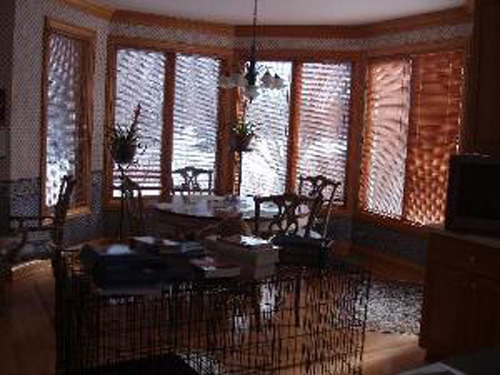
Nothing attracts high-end buyers like a dark dining room and a big cage acting as a 2nd table/room divider (is that a very large cat behind those books?)! This is an $870,000 listing in Illinois.
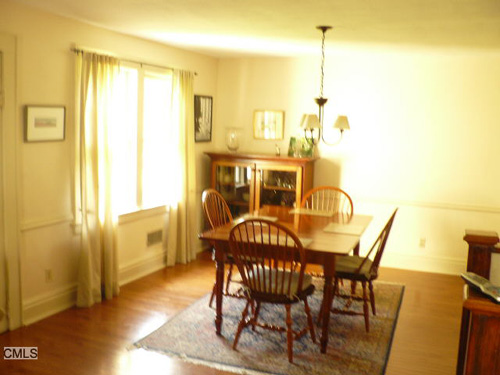
And on the other end of the spectrum... a dining room so bright you probably shouldn't look directly into it without protective eye wear. This is a $489,000 listing in Connecticut.
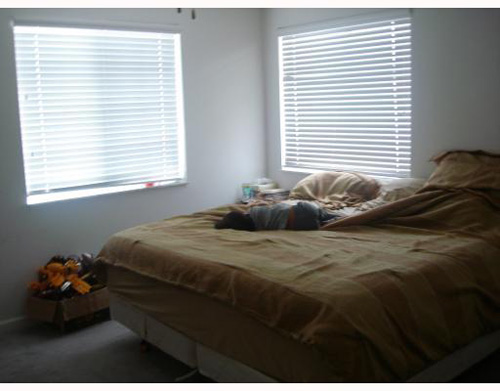
This home in Miami comes with a cute child who enjoys napping in his free time...and it is all yours for only $600,000!
WALL OF FAME

Agent for the above listing is Suzy Thomas of Prudential Rubloff in Chicago, IL. List price is $425,000 (click the photograph for more on this listing).
Every week we'll be featuring the good, the bad, and the ugly of real estate photography. Our 'Wall of Shame' features the bad (...and oh yes, the very ugly...) photos that some agents are using for their listings. On the opposite end of the spectrum, our 'Wall of Fame' features some of the most stunning photography agents are currently using to market their listings.
WALL OF SHAME
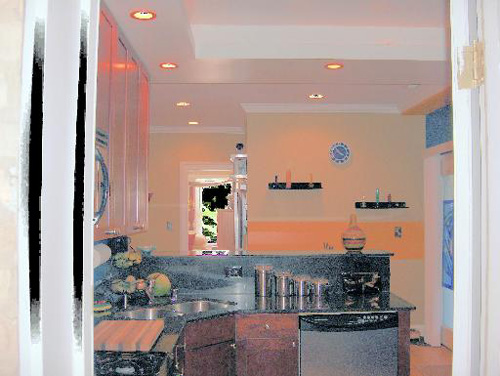
Step awaaay from the Photoshop! The above listing is in Chicago, IL

And with this lovely home you get a heaping pile of trash! Congratulations!! The above listing is in Washington D.C.
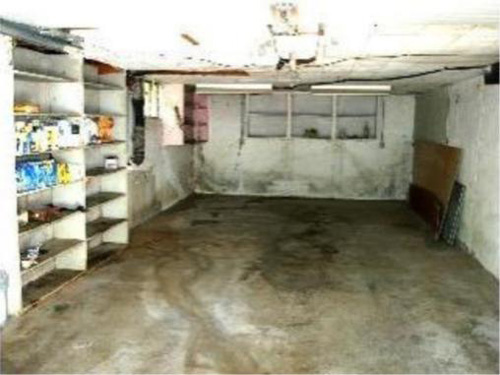
There are just no words for this one. The above listing is in Kansas City, MO
Now it's your turn to sound off! Leave a comment telling us which one of these (top, center, or bottom) you think is the worst and why. We'll tally up the votes and we'll post the results of the worst ten photos of the month at the end of each month!
WALL OF FAME

Agent for the above listing is Sean Aikman of Sotheby's International Realty in Connecticut (click the photograph for more on this listing)

Agent for the above listing is Manley Stockton of Coldwell Banker Residential Real Estate in Georgia (click the photograph for more on this listing)

This home is listed by Sailfish Point/Sotheby's International Realty in Florida (click photograph for more on this listing)
Sound off! Tell us which one of these (top, center, or bottom) you think is the best photograph. We'll tally up the votes and we'll post the results for the top ten best photographs of the month at the end of each month!
WALL OF SHAME
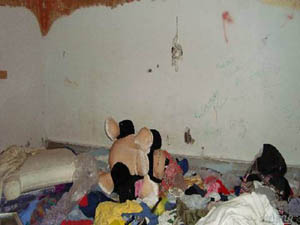
Yikes! That is the stuff nightmares are made of. The above listing is in New York
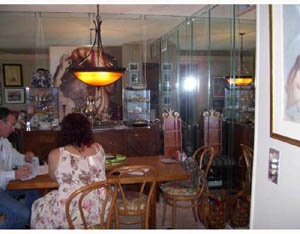 No worries... you can sit there and pay the bills, I'll just shoot around you.
The above listing is in Florida
No worries... you can sit there and pay the bills, I'll just shoot around you.
The above listing is in Florida
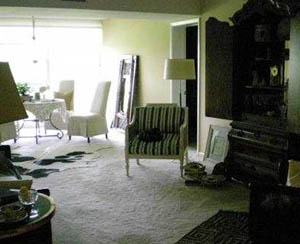 What year was that even taken? And is that a 'cow skin' rug by the table??
The above listing is in Florida
Now it's your turn to sound off! Leave a comment telling us which one of these (top, center, or bottom) you think is the worst and why. We'll tally up the votes and we'll post the results of the worst ten photos of the month at the end of each month!
What year was that even taken? And is that a 'cow skin' rug by the table??
The above listing is in Florida
Now it's your turn to sound off! Leave a comment telling us which one of these (top, center, or bottom) you think is the worst and why. We'll tally up the votes and we'll post the results of the worst ten photos of the month at the end of each month!
WALL OF FAME

Agent for the above listing is Margaret Baczkowski of @Properties in Chicago, IL.

Agent for the above listing is Takuma Kondo of Keller Williams in Las Vegas, Nevada.
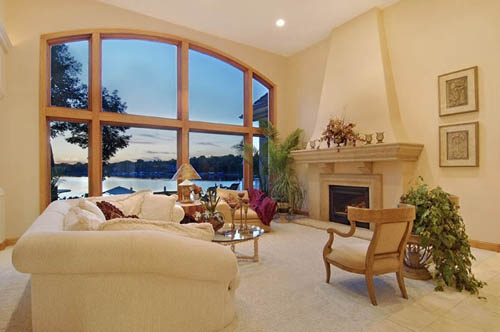 Agent for the above listing is Mark Grieger of Coldwell Banker. Listing is located in Greenwood, Minnesota.
Agent for the above listing is Mark Grieger of Coldwell Banker. Listing is located in Greenwood, Minnesota.


